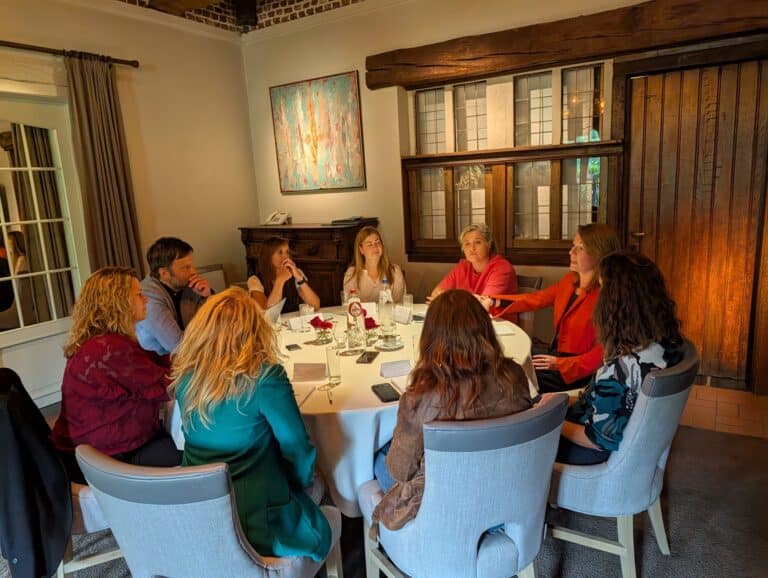Although technology is becoming increasingly central to our society, women are still underrepresented in technical positions. However, women working in the sector show that opportunities exist when talent, passion, and perseverance come together. How can we break through the patterns that exclude women? And how can we create a working environment in which talent truly comes into its own? These questions were central to a recent roundtable discussion that we hosted together with Visma.
There seems to be a growing awareness that diversity in teams is more than just a moral goal. It demonstrably leads to better performance and innovation. Companies with inclusive teams can leverage new perspectives and innovate more quickly. The key question, therefore, is how organizations can attract women and enable them to grow sustainably toward leadership positions.
The experts at the table provided insight into the obstacles and solutions, ranging from education and mentoring to culture and leadership. What works today will not necessarily work tomorrow. That is precisely why diversity requires structural choices and continuous conscious policy.
First steps and advancement of women
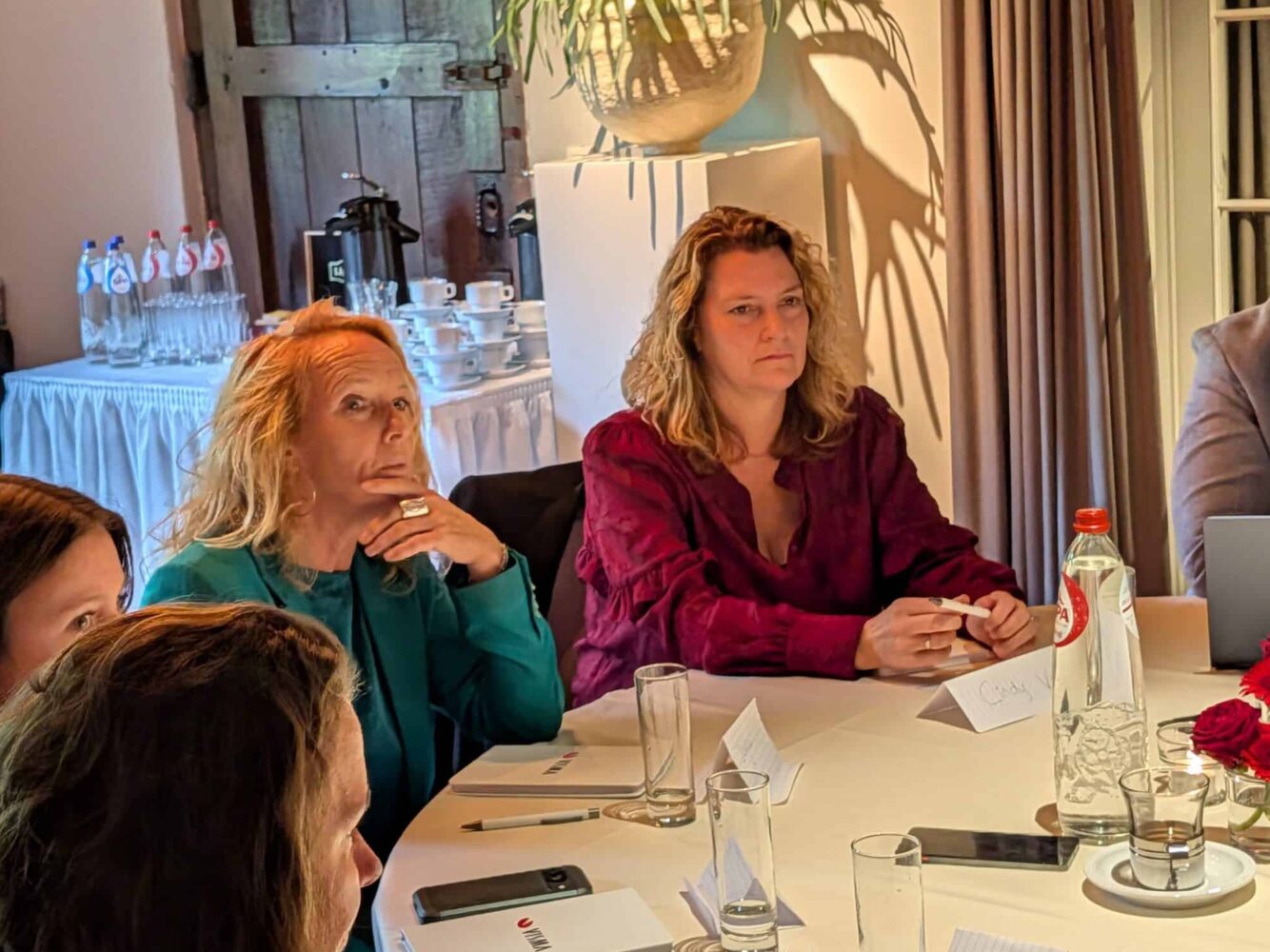
A striking aspect that emerged during the roundtable discussion is that a career in tech is not always the result of a conscious plan. Cindy Wubben, CISO at Visma, recalls how she ended up in information security while working at Fortis bank. At the time, cybersecurity was seen as a temporary project. What started as a defined assignment quickly grew into a full-fledged career. It shows that coincidences can play a role in the first step toward a technical position, while the field’s intrinsic appeal ultimately determines whether someone stays.
According to Wubben, being a woman has never played a decisive role. “I don’t think it has anything to do with being a woman,” she says. She also did not see that starting part-time work when she had children was an obstacle. “It takes a little longer to get somewhere, but it never really held me back.” In that respect, work-life choices need not automatically stand in the way of career growth, as long as organizations support flexibility without prejudice.
Interestingly, Wubben only became aware of her role as a role model later on. As CISO, she noticed that other women approached her to say it was inspiring to see a woman in such a position. “That insight came as a surprise to me,” she says. “But it emphasizes how important visible role models are in the tech sector.” Precisely because she was never consciously concerned with her femininity, the impact is greater: women who practice their profession at a high level send a powerful signal to the next generation.
The challenge of being the only woman in the room
That visibility proves crucial because Shannon Bolink’s experience shows the other side of the coin. As Head of Product at Hix, she looks back on her time at ING bank, where she became a product owner in the Identity & Access Management department at the start of her career. What stood out was the team’s composition during an internal product owner afternoon. Of the fifty people present, she was the only woman. It was a moment that made her keenly aware of how visible gender can be in an otherwise professional environment.
At first, her colleagues weren’t quite sure what Bolink, as a young woman, was doing in the department, but they soon realized she was competent. “You have to prove yourself first. And then you hear: ‘you get it.'” Her experience illustrates how women in technical roles sometimes feel extra pressure to continually demonstrate their knowledge and skills, simply because they are in the minority on the team.
Bolink was also quickly assigned a sought-after project by her manager, which also sends a signal to a large department. At the same time, this also shows that awareness and feedback can be important learning moments. Bolink emphasizes that such experiences, however challenging, help to develop professional confidence. They provide insight into how organizations can create a more inclusive culture in which women do not have to prove themselves constantly, but can participate entirely based on their knowledge and experience.
The power of communication and collaboration
At the same time, the discussion touches on broader team dynamics as well as personal experiences. After all, how people work together and handle conflicts determines just as much as whether women feel welcome in an organization. This is where the vision of Joyce Datema, owner of joycedatema.nl and initiator of the AI Café, comes into play. Datema points out that differences in manners often seep into the way conflicts are resolved. Whereas men quickly get over a difference of opinion and then move on without any problems, women tend to carry on things for longer. This can lead to tensions, but it also offers an important lesson for organizations: how do you deal with friction constructively?
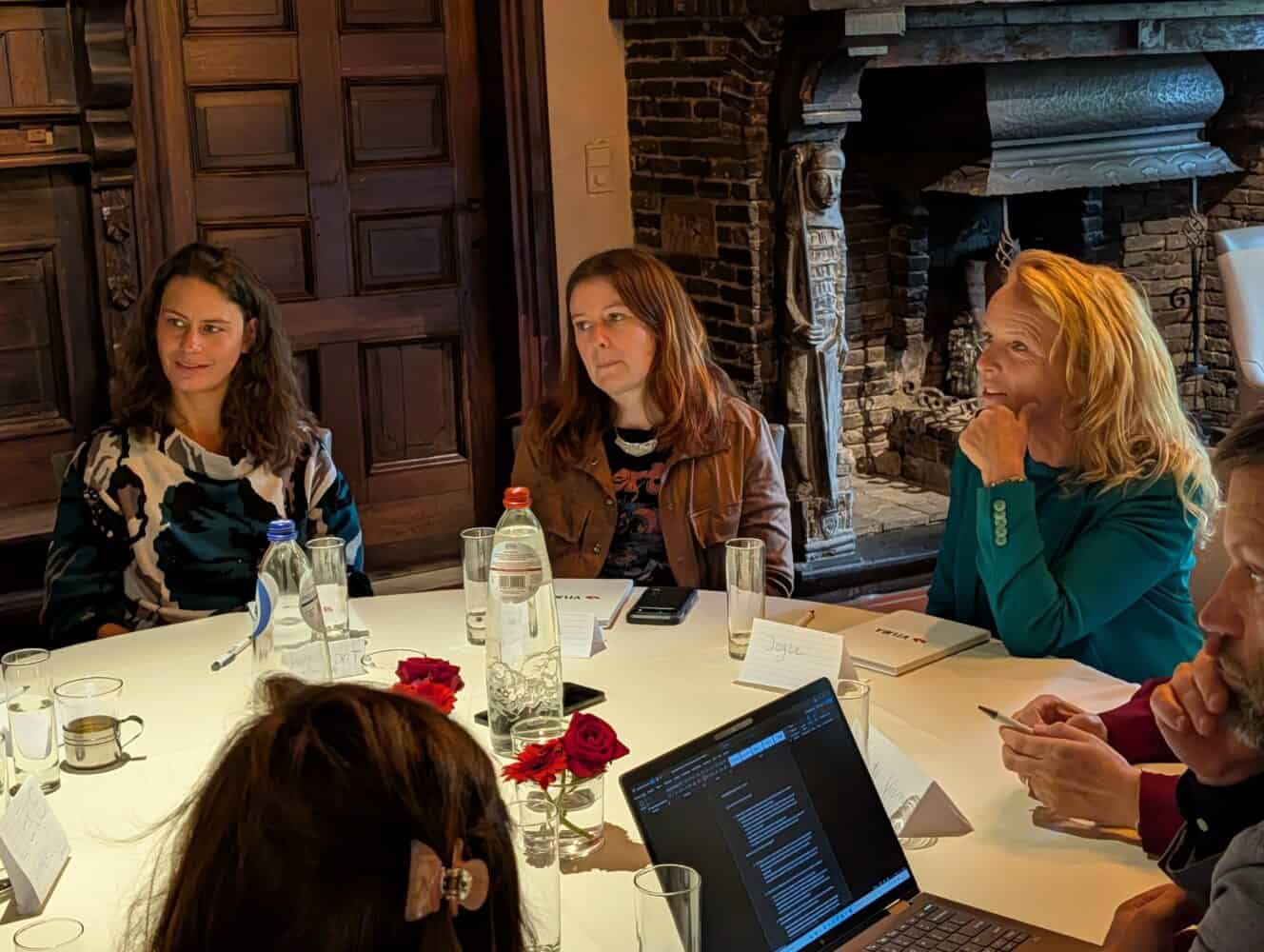
Datema emphasizes that this is precisely where women’s strengths come to the fore. “It’s all about communication,” says Datema. Women are overrepresented in positions such as communications advisor, and not without reason. They often have a keen eye for signals that are otherwise easily overlooked. This sensitivity helps to address minor misunderstandings on time, before they escalate into larger problems that put pressure on cooperation.
These skills are indispensable in multidisciplinary teams. Combining technical expertise with communication skills creates a broader view of problems and solutions. Companies that recognize this and actively utilize it benefit from a culture in which conflicts are resolved more quickly and collaboration runs more smoothly. Diversity thus goes beyond simply meeting numerical diversity quotas. It is about utilizing different talents that reinforce each other.
Turning the power of visibility around
Heleen van de Groep, Social Ethical Hacker, head of training and development at Brooklyn Partners, also recognizes the pattern in which many women feel they are part of a small minority within a predominantly male department. When she started her career at Rabobank, she noticed that she was often surrounded by male colleagues. Her story shows that self-development and a focus on one’s own expertise are crucial to thriving in technical environments. By investing in knowledge and skills, she was able to hold her own and slowly grow in her role.
But Van de Groep did something special with that position. “When you are one of the few in a group, you can turn this around and turn it into an opportunity. I stand out because I also give presentations. This gives me the ultimate opportunity to convey a message and get my message across,” says Van de Groep. Instead of feeling limited by her position, she used this insight to raise her profile and become a role model for others. Her experience shows that visibility and personal attitude can contribute to professional growth and influence.
For Van de Groep, expertise is paramount, but she sees diversity as a valuable reinforcement of innovation and decision-making. Inclusive teams benefit from utilizing different perspectives and prevent blind spots in organizations.
Starting early with diversity
Where Datema and Van de Groep emphasize how differences can be a strength, Anne-Jet van Halm, Partnership Manager at Onguard by Visma, points to the importance of the phase before that. That is, the way in which young people are shaped in their attitude towards technology during their education. According to Van Halm, age plays a crucial role in shaping choices and behaviors.
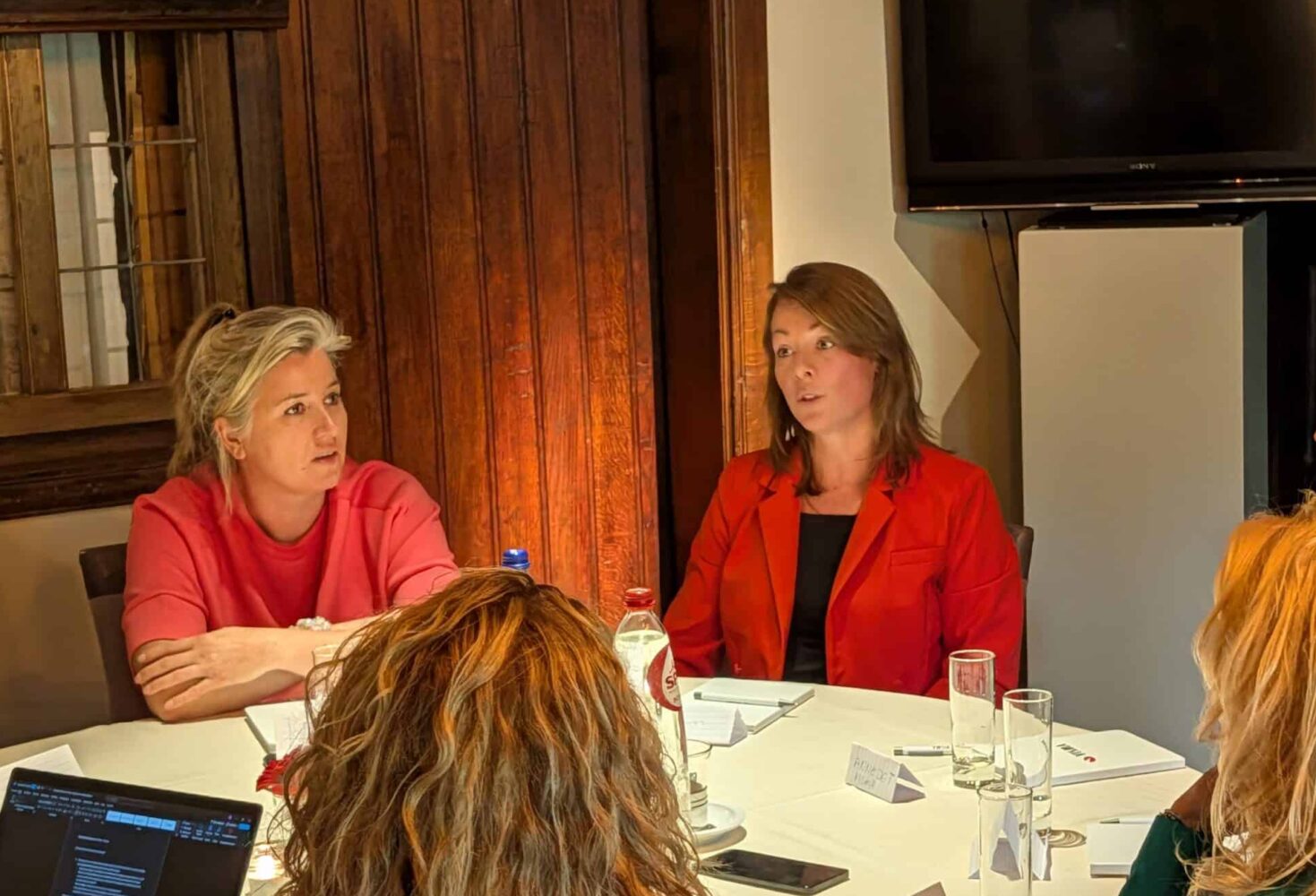
According to her, until around the age of eleven or twelve, there is a fairly neutral attitude towards technology. After that, peers, media, and cultural influences increasingly shape preferences and behavior. That is why diversity must be visible at an early stage. “The earlier you can establish diversity in education, including soft skills, and establish that image during education,” says Van Halm. She emphasizes that the image children develop at a young age has a lasting impact on their later choices. Role models, both male and female, can show that a career in technology is accessible to everyone.
According to Van Halm, this does not require adaptation by just one group, but rather a collective change in behavior. It is about creating intrinsic motivation in both boys and girls, where stereotypes do not predominate. By investing in diversity in education and the way technology is presented from an early age, organizations and educators can contribute to a natural shift in mindset. This lays the foundation for a balanced influx and advancement of women in tech.
It also explains why the role of Wubben and Van de Groep as visible examples is so important. They show the younger generation what is possible before stereotypes become entrenched.
The importance of sponsors and mentors
In addition to personal development and visibility, broader support within an organization also plays an essential role in the careers of women in tech. Lieke Hamers, Field CTO at Dell Technologies Netherlands, looks back on her own career and the impact of corporate culture and mentoring relationships. She notes that the difference between an inspiring environment and one that exudes “masculine energy” can be significant in terms of motivating and retaining women in technical positions.
The presence of role models and sponsors helps women feel welcome. It also offers opportunities to grow faster and exert influence within their field. “Of course, there has been a long-standing discussion about HR texts, how job profiles are described. That by the third bullet point, the woman thinks, ‘Shit, forget it.’ And the man thinks, ‘Well, okay.’ But ultimately, I think that you may still have role models unconsciously. And within Dell, where I have this role, it has certainly helped that I have had the backing and support of male allies who mention your name at crucial decision-making moments when you are not there yourself,” says Hamers.
Her experience shows that, in addition to your own expertise and commitment, the support of colleagues and sponsors is often decisive in breaking through in a traditionally male environment. Hamers emphasizes that this does not mean women are dependent on others, but that a network of mentors and sponsors can rather help talent flourish and break down barriers. Organizations that actively invest in raising awareness of unconscious biases and making opportunities visible create a culture in which both women and men can contribute optimally.
Visible leadership makes the difference
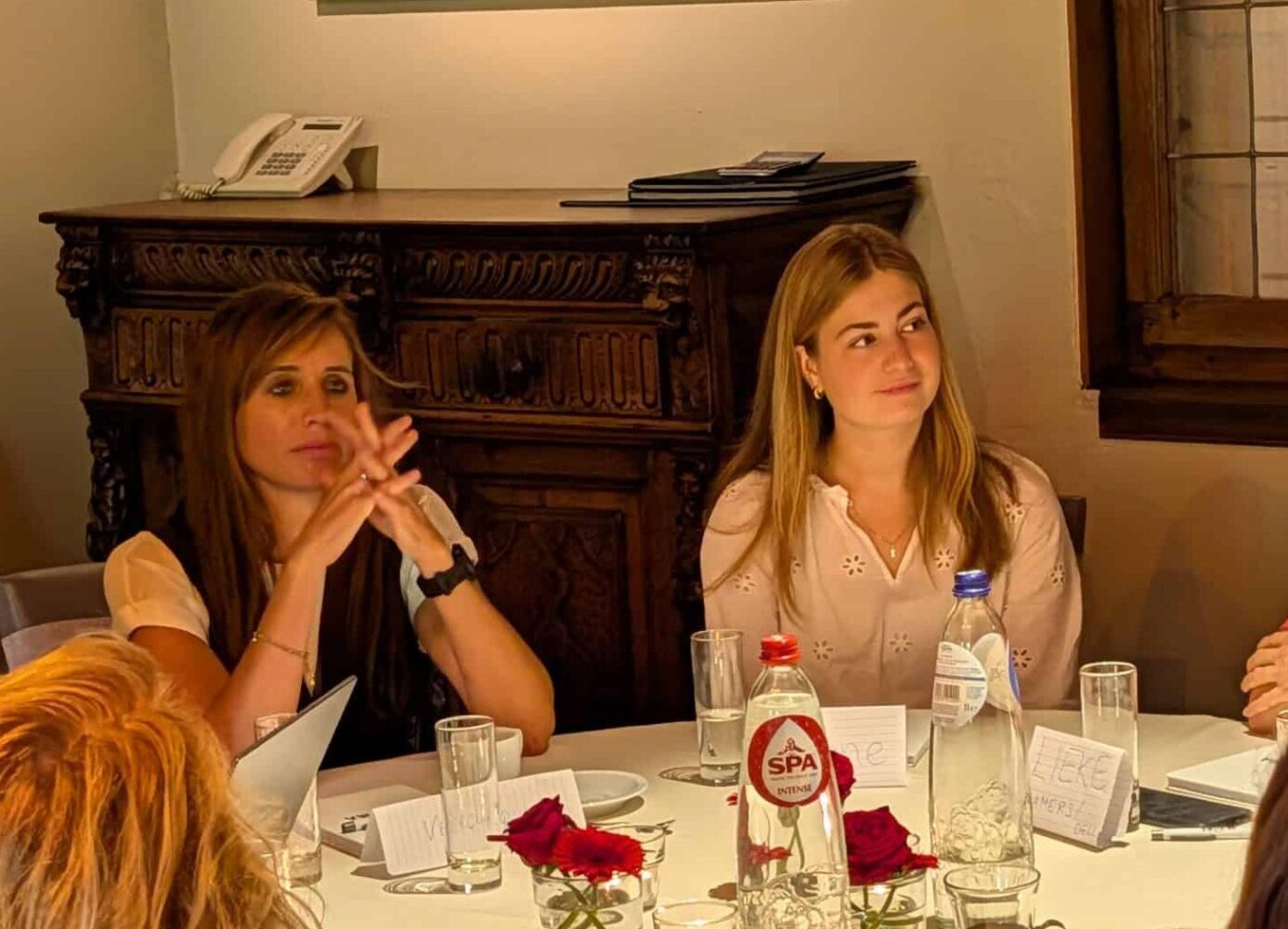
Roundtable participant Irne Verwijst graduated two years ago and can reflect on what has just been discussed with a fresh perspective. Verwijst now holds the position of AI & Data Lead at Visma Circle. She argues that the situation has already improved significantly, partly referring to how parent organization Visma is structured. Among other things, it has a female CEO. Such a factor can have a ripple effect and result in policy for the rest of the company.
“I think this has genuinely improved because women are becoming more visible in their roles. At Visma, for example, our CEO is also a woman. She doesn’t necessarily promote the idea that women in tech are the most important thing, but she is very clear about it. She is simply very good at her job, as most of our colleagues think. She is someone who is just there. And I think that’s the most important thing,” says Verwijst.
Such examples contribute to a culture in which women can identify with and dare to seize opportunities. According to Verwijst, this shift is not abrupt, but a gradual process of cultural change. New generations of women in tech feel empowered because competence and professionalism are placed above gender. An inclusive organizational culture needs time to mature. At the same time, efforts, visible leadership, role models, and awareness are indispensable for creating a lasting effect. The presence of women must therefore have a real impact and set in motion a positive cycle of exemplary behavior and inspiration.
Actively steering towards balance
This brings us to the story of Véronique Van Vlasselaer, Analytics & AI Lead at SAS. In her position, she can actually influence policy. Van Vlasselaer has noticed that leadership can also make a concrete difference. As a leader, you can actively influence your team’s composition, especially in international contexts where it is not always possible to be present in every country. By strategically steering towards gender balance in direct teams, you create an environment in which diverse talent can contribute optimally to innovation and decision-making.
Van Vlasselaer points out that this is not a matter of choosing women solely on the basis of gender, but of recognizing that talent and competence can be distributed equally. “I have ensured that my regional team consists of 50 percent women and 50 percent men. Because I think that’s important. I can push things in the right direction a little, so I’m going to do that,” says Van Vlasselaer.
Such a leadership attitude can be a powerful lever for creating inclusive teams, in which diversity is not a coincidence but a conscious choice. This approach creates a culture of equality and visible opportunities. New talents see that women in leadership positions can exert influence and that their career paths are not limited by historical patterns or unconscious biases. Targeted team policies then contribute to sustainable change in organizational structures, enabling both men and women to fully develop and have an impact on the team’s and the organization’s success.
Building an inclusive future together
The conversation with the diverse women in tech makes it clear that the obstacles for women are not just theoretical, but can be felt on a daily basis in organizations. At the same time, it shows that concrete steps can be taken to break through these barriers. From visible role models and mentoring to active leadership and strategic team building: every initiative contributes to a culture in which women feel welcome, valued, and empowered. Strengthening diversity requires not only individual commitment but also structural choices within companies and policies that allow for equal growth.
The realization that diversity is more than just a policy goal is crucial. Inclusive organizations can benefit from broader perspectives, greater innovative power, and team dynamics that enable everyone to flourish. Ultimately, the goal can be to provide a sustainable basis for equal opportunities. This will make the tech sector not only more diverse but also more resilient, innovative, and attractive to all talents.
This was our first story in a series about women in technology. In the next story, we will focus on women in cybersecurity.
